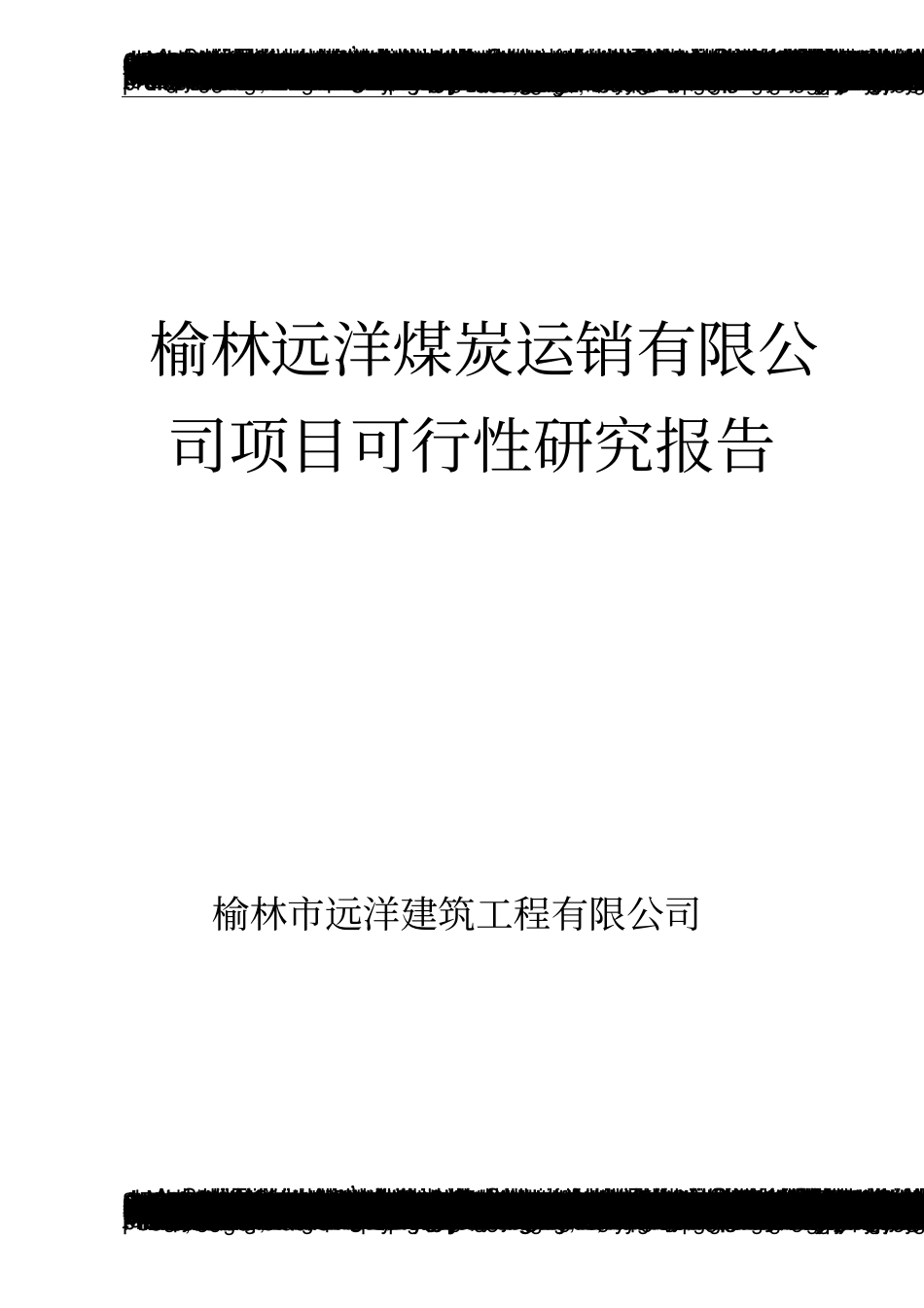summing up the plot. A theme is usually stated in general words. Another try sounds like this: Solitary people need a orderl place where they can drink with dignity. That is a little better. We have indicated that Hemingways story is more than merel about an old man and two waiters. We remember that at the end the story is entirely confined to the older waiter’s thoughts and perceptions. How do we understand his mediation on nada, nothingness, which bears so much emphasis? No good statement of the theme of the story can leave it out. Then we have still another trySolitary people need a place of refuge from their terrible awareness that their life (or perhaps, human life) is essentially meaningless. Neither this nor any other statement of the storys theme is unarguably appropriate, but the statement at least touches one primary idea that Hemingway seems to be driving at. After we read A Clean, Well-Lighted Place, we feel that there is such a theme, a unifying vision, even though we cannot reduce it to a tag and we may still vary in our opinion about, and statement of, the theme. Moral inferences drawn from most stories: Moral inferences may be drawn from most stories, no doubt, even when an author does not intend his/her story to be read this way. In A Clean, Well-Lighted Place, we feel that Hemingway is indirectly giving us advice for properly regarding and sympathizing the lonely, the uncertain, and the old. But obviously the story does not set forth a lesson that we are supposed to put into practice. We can say for sure that A Clean, Well-Lighted Place contains several themes and other statements could be made to tae in Hemingways view of love, of communication between p...


